Pearls 101: Understanding How to Identify Real and High-Quality Pearls

For centuries, pearls have been an emblem of luxury and elegance. Their beauty has transcended time, as they remain a treasured accessory in the world of fashion. As their rarity increases over time, pearls remain one of the most sought-after gems on earth - making them an essential part of any jewelry collection.
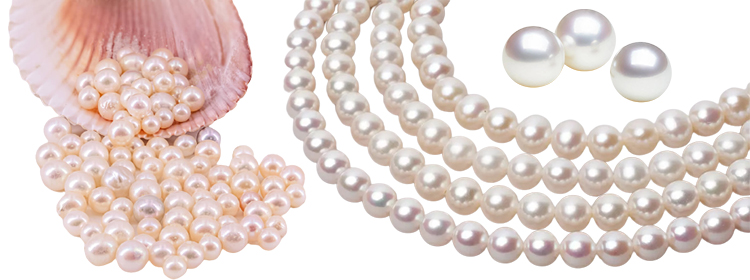
In a world filled with mass-produced jewelry, it can be difficult to tell which pearls are real and of superior quality. To guarantee you receive only the best, familiarizing yourself with recognizing genuine and high-caliber pearls is key.
As a jewelry expert, I know it is important to identify and grade pearls according to their size, shape, color, luster, nacre thickness, and surface quality. You can easily spot a real pearl and determine its quality by becoming familiar with these factors.
Delving into the depths of pearls, this article will uncover their relevance in jewelry and how to ensure that you're getting an authentic purchase. I'll provide some tangible tips for establishing a genuine item before committing.
Whether you're a seasoned collector or just a curious newcomer, this guide will equip you with the knowledge and expertise you need to make informed decisions regarding pearls!
Natural vs. Cultured Pearls
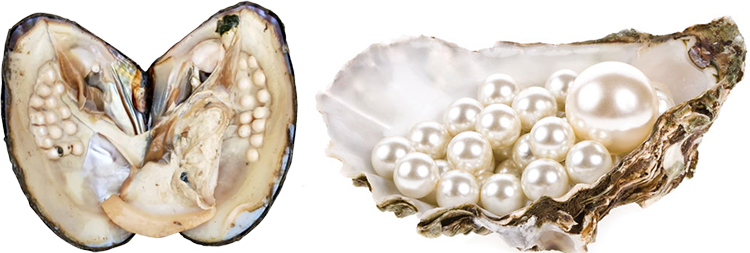
The first and foremost point to consider when shopping for pearls is the item's origin. There are two main types of pearls: natural and cultured. Here is a quick overview and comparison to help you understand the difference.
Overview of Natural and Cultured Pearls
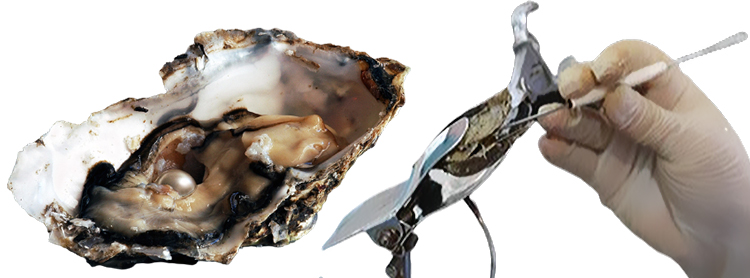
Natural pearls are produced and found in nature without any assistance from humans. Such pearls are produced through a complex process of mollusk creation, which can take up to seven years. As a result, they are extremely rare and valuable as they form naturally over time, unlike their cultured counterparts.
Cultured pearls, conversely, are formed with human intervention in pearl farms. The process usually involves inserting a foreign matter into the mollusk to create an irritant that will later become a pearl. Cultured pearls are more abundant in the market as they are mass-produced in pearl farms.
Differences in Characteristics and Value
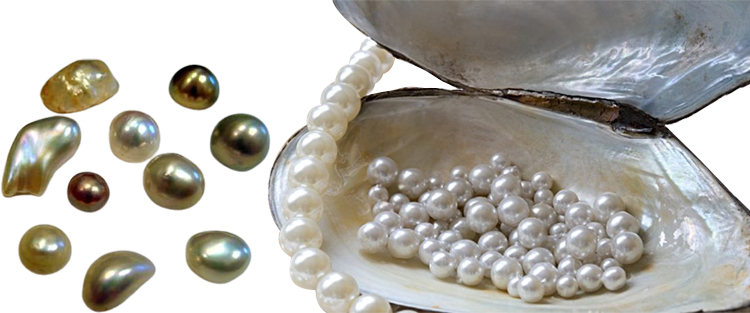
One of the distinctive differences between natural and cultured pearls is their rarity. The former is much rarer than the latter pearls, as they are formed without human intervention.
In centuries past, natural pearls were the epitome of luxury and attained only by the wealthiest individuals. But with the advent of cultured pearls, true natural ones have become an even rarer find – increasing their value significantly.
Not only do natural and cultured pearls vary in their formation, but also in their size and shape. Since natural pearls form without human intervention, they tend to be more irregularly shaped than those of the cultivated variety, which can be grown according to certain specifications.
In terms of value, natural pearls are generally more valuable than cultured pearls because of their rarity, unique characteristics, and historical significance. A single high-quality natural pearl can fetch millions of dollars at auction, whereas a similar-sized cultured pearl would be much less expensive.
How to Tell the Difference between Natural and Cultured Pearls?
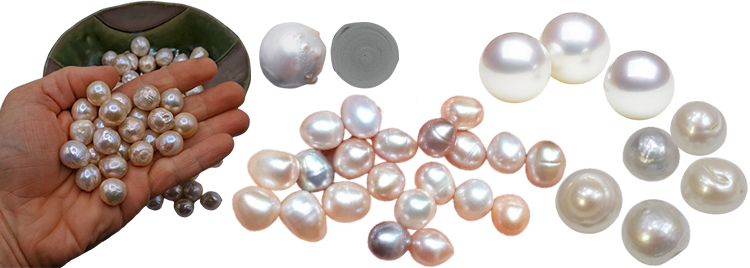
Knowing how to differentiate between natural and cultured pearls is important when shopping for pearls. Here are some common tips to help you identify genuine pearls:
Look for irregularities:
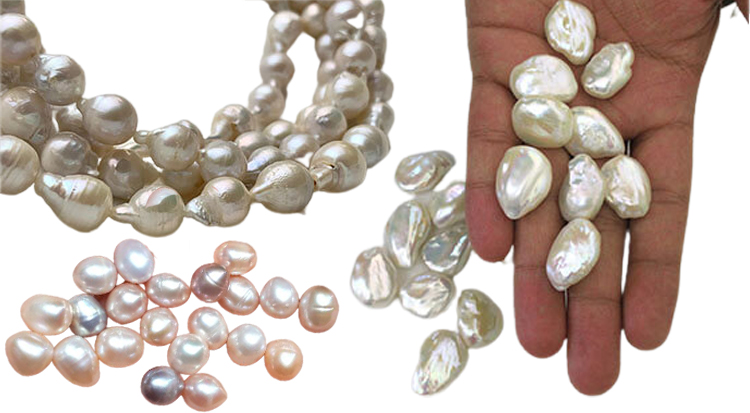
Natural pearls are often irregularly shaped and sized, different from the uniformity of cultured pearls.
Look for blemishes and imperfections:
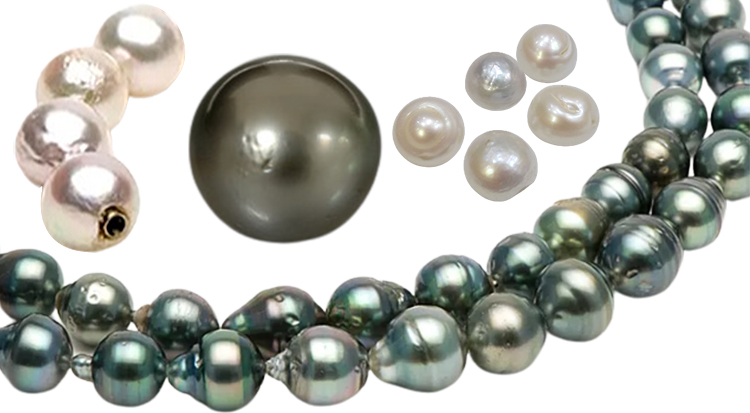
While natural pearls may have minor imperfections, cultured pearls are typically impeccable.
Check the luster:
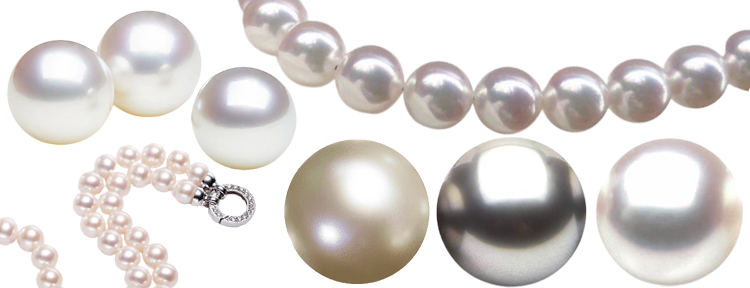
Natural ones usually carry a subtler, more muted shine than cultured pearls.
Do a density test:
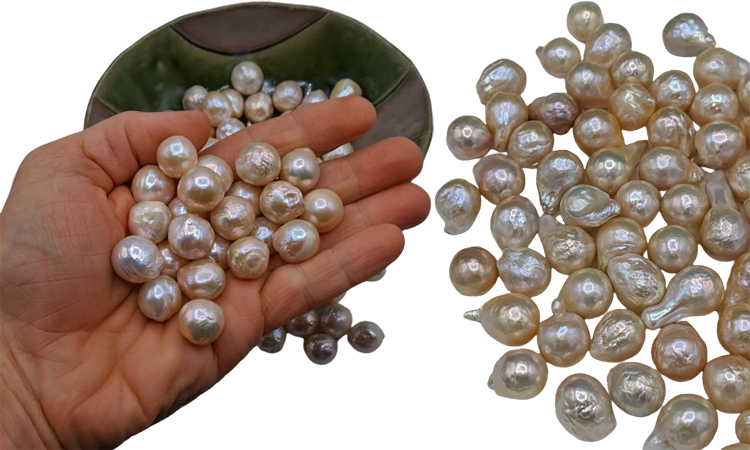
Natural pearls are denser than cultured ones, as they are created over time.
X-ray examination:

When viewed under X-rays, natural pearls will have a distinct concentric growth pattern, while cultured pearls will have a more irregular growth pattern due to the insertion of the irritant.
Generally, it is best to have a pearl expert or gemologist examine the pearl to determine its authenticity and origin. It is especially important if you are considering purchasing a high-value pearl, as many fake and imitation pearls are on the market.
Identifying Authentic Pearls
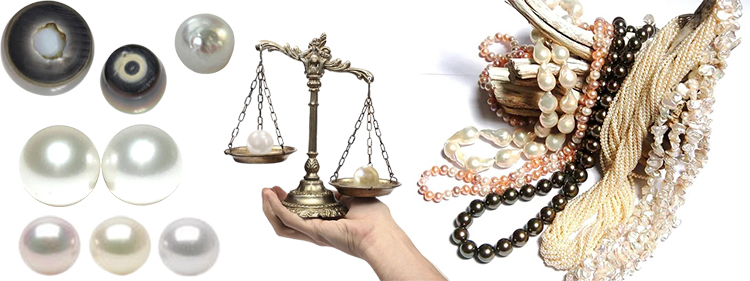
The next time you shop for pearls, be sure to ask questions and use the tips above to ensure you purchase authentic pearls. Identifying authentic pearls isn't always easy, but knowing the difference is important to ensure you are getting the genuine article.
Below are some additional tips to help you identify authentic pearls.
Luster and Surface Quality

The luster of a pearl is the brightness and sharpness of reflections on its surface. Authentic pearls have a deep, radiant luster that gives them a glow. The surface should also be smooth and free of blemishes or scratches.
Shape and Size
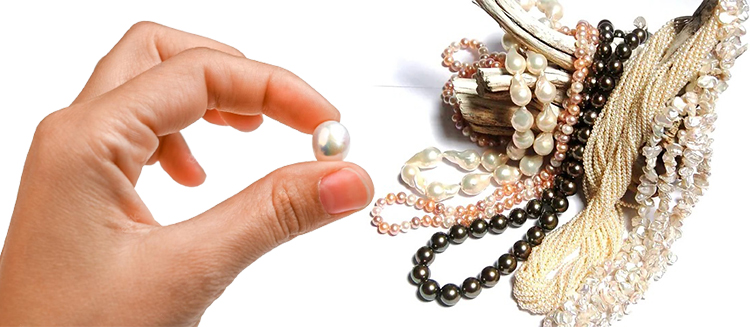
Genuine pearls don't always have to be perfectly round; however, they should possess an even shape and size. If the strand of pearls looks irregular in terms of their measurements or outline, then there is a high possibility that those are not genuine.
Color and Overtone

When assessing the authenticity of a pearl, it is important to note that its color should be consistent and even across the surface. Moreover, real pearls have an overtone - a secondary shade that shifts as lighting changes.
Nacre Thickness

The nacre is the material layer that forms around a pearl's nucleus. Authentic pearls have a thick nacre layer that gives them a lustrous appearance.
Weight and Density
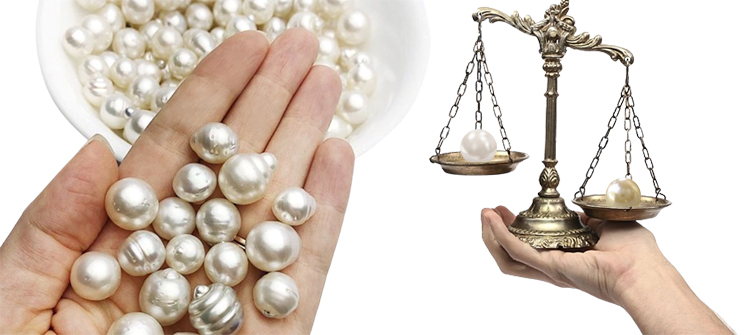
Genuine pearls are significantly denser and heavier than their artificial counterparts, which tend to be made of glass or plastic. So when you compare the weight of a pearl to a similar-sized artificial one, you should be able to tell the difference.
Blemishes and Irregularities
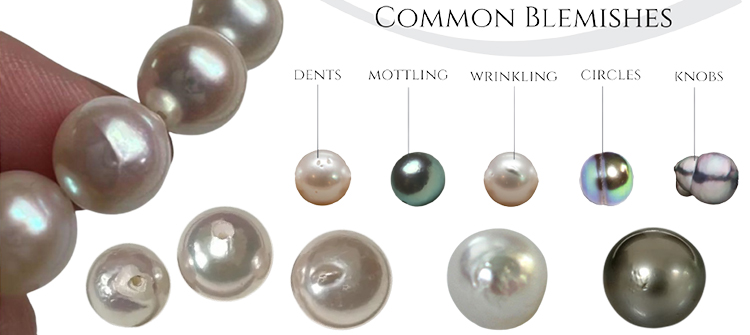
Authentic pearls may have minor blemishes and irregularities, but they should be relatively few and far between. If there are imperfections on a pearl's surface, it is likely, not authentic.
These are some of the most common ways to tell the difference between real and fake pearls. To ensure you are buying genuine pearls, it is always best to have a pearl expert or gemologist examine them first. That way, you can ensure you get a quality product at the right price.
Common Misconceptions about Pearl Authenticity

When it comes to buying pearls, it's important to be aware of any misconceptions that may exist. Here are a few common misbeliefs about pearl authentication.
Pearls Must Be Perfectly Round to Be Real
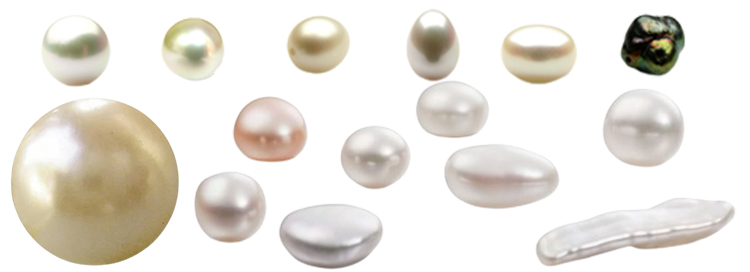
Perfectly round pearls are considered to be the most desirable. However, many authentic pearls often come in a range of shapes. Oval, teardrop, and even irregular baroque shapes can all be found among genuine cultured pearls. So, when shopping for pearls, please don't assume that a non-round shape means it is not real.
Real Pearls Are Always White or Cream
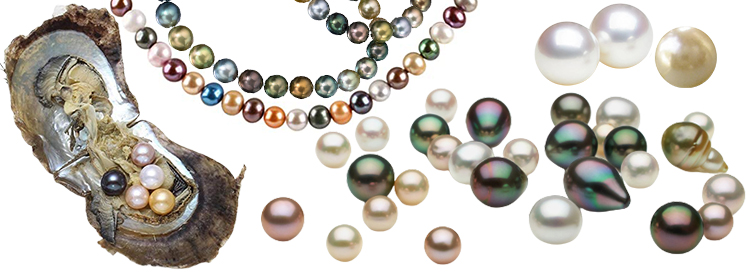
Not only are white and cream-colored pearls the most abundant, but they can also come in various breathtaking shades, such as pink, silver, gold, and black. Moreover, depending on its overtone or 'body color,' the hue of each pearl may differ. Thus, it's important to look beyond the color when evaluating authenticity.
Pearls Should Have a Gritty Texture
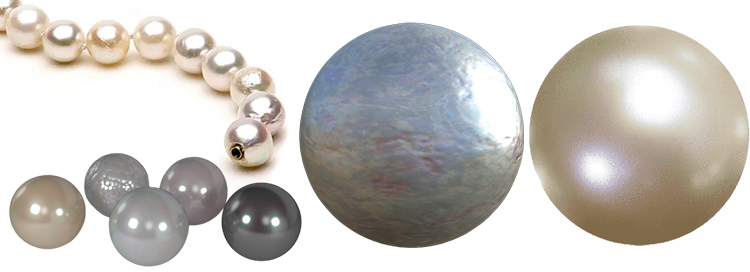
While it is true that pearls are formed by the accumulation of layers of nacre around an irritant, this does not mean that pearls should have a gritty texture. Instead, authentic pearls should have a smooth, lustrous surface. They should also be heavier than similarly-sized artificial pearls.
Pearls Are Always Expensive
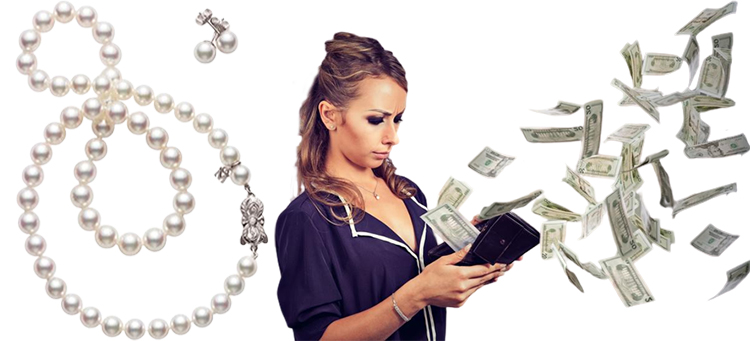
Although luxurious pearls may come with a hefty price tag, there are more reasonable alternatives on the market. The value of pearls is contingent upon numerous factors, such as their size, shape, color, and quality. So, it is possible to find quality pearls at a lower cost.
It is critical to remember these misbeliefs when attempting to recognize true pearls. To ensure accuracy and further understanding, it's best practice to consult with a trustworthy pearl connoisseur or gemologist and receive advice on distinguishing real pearls from counterfeit ones.
Common Questions about Pearl Authenticity
Can dyed pearls be authentic?
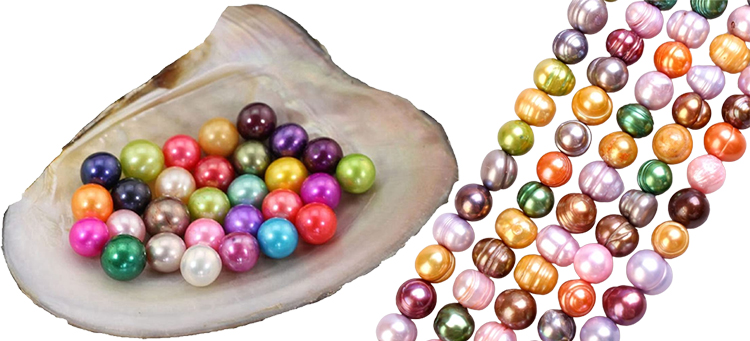
Yes, pearls can be naturally dyed to enhance their color or cover discolorations. It is a common practice for freshwater and Akoya cultured pearls. However, if a pearl has an unnatural color like pink or blue, it is likely to be artificial. Still, the seller should disclose the fact that they have been dyed.
How do you tell the difference between fresh and saltwater pearls?
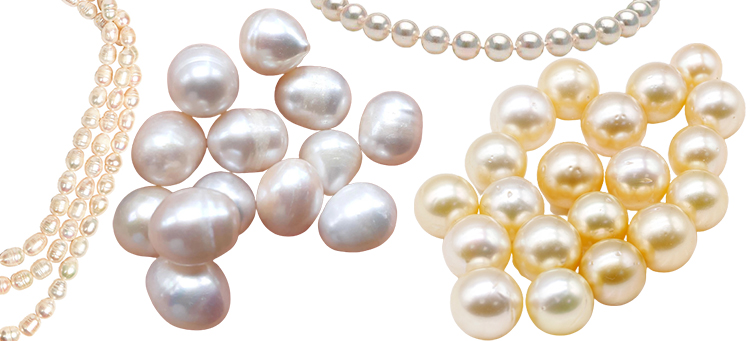
Freshwater pearls are usually irregular in shape and have a less consistent color and luster than saltwater pearls. On the other hand, saltwater pearls tend to be more consistently round and have a higher luster.
How do you know if a pearl is of high quality?
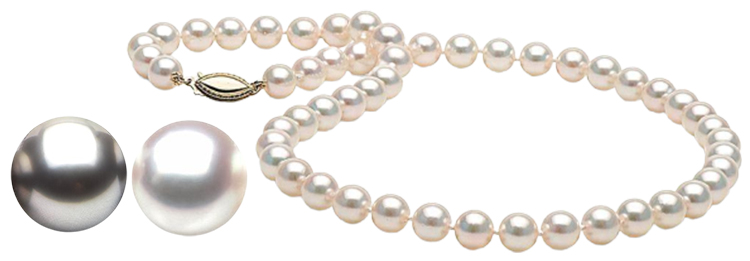
A high-quality pearl will have a high luster, minimal blemishes or irregularities, and a thick layer of nacre. It should also have a consistent color and size and a round or near-round shape.
How do you care for authentic pearls?
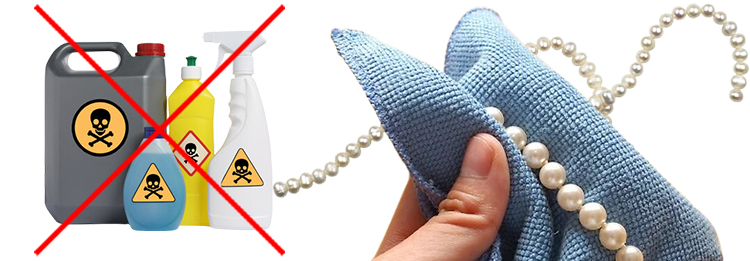
To care for authentic pearls, it is important to keep them away from harsh chemicals, perfumes, and other substances that can damage them. They must be stored in a cool, dry place and cleaned regularly with a soft, damp cloth. It is also important to restring them every few years to prevent the string from weakening and breaking.
Conclusion
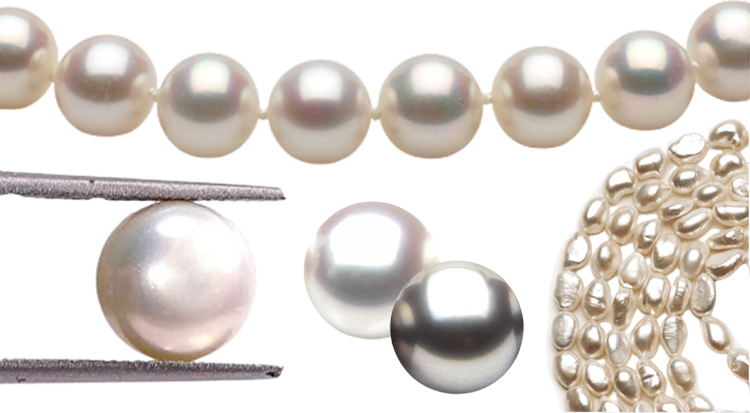
Whether you are buying pearls for yourself or as a gift, it is essential to take the time to ensure that they are genuine. When determining the authenticity of pearls, it is essential to consider factors such as luster and surface quality, shape and size, color and overtone, nacre thickness, weight and density, and blemishes and irregularities.
You can be confident in your purchase by understanding the significance of pearl authentication and common misconceptions and questions about it. With proper care and maintenance, authentic pearls will last a lifetime. Investing in the best quality possible is always worth it.
When selecting and buying authentic pearls, it is recommended to do thorough research on the seller and to only purchase from reputable sources. By being mindful of the important factors discussed in this article, you can get the most out of your purchase and enjoy beautiful pearls for years!


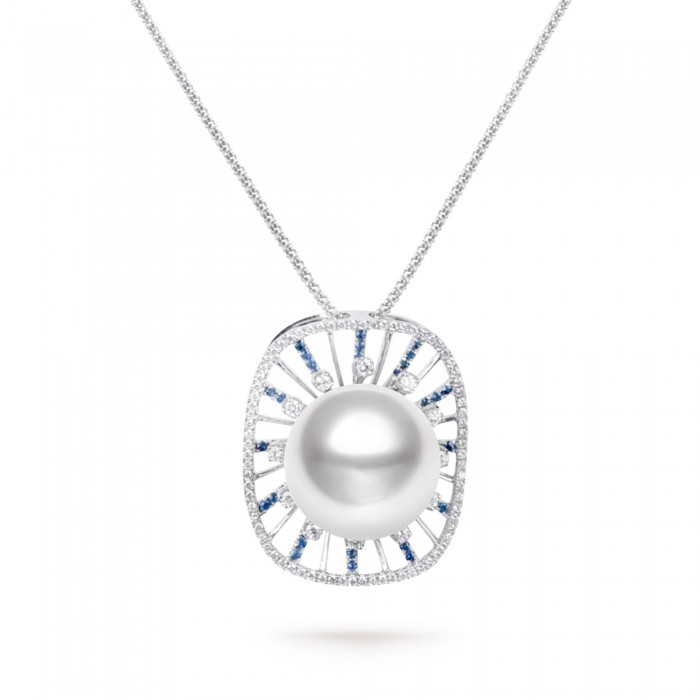
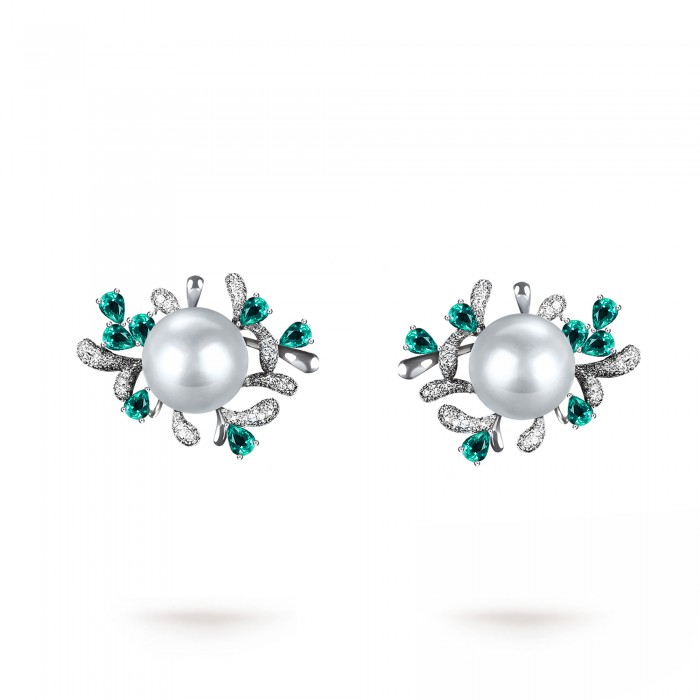
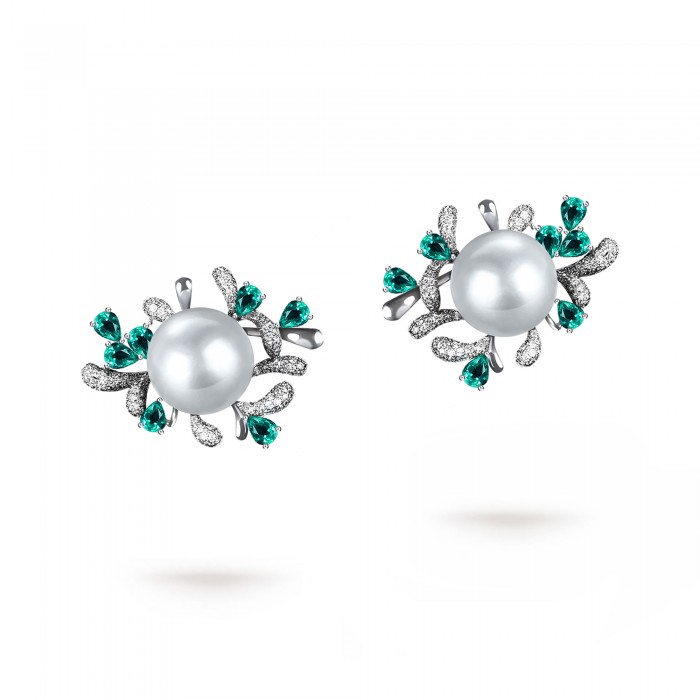
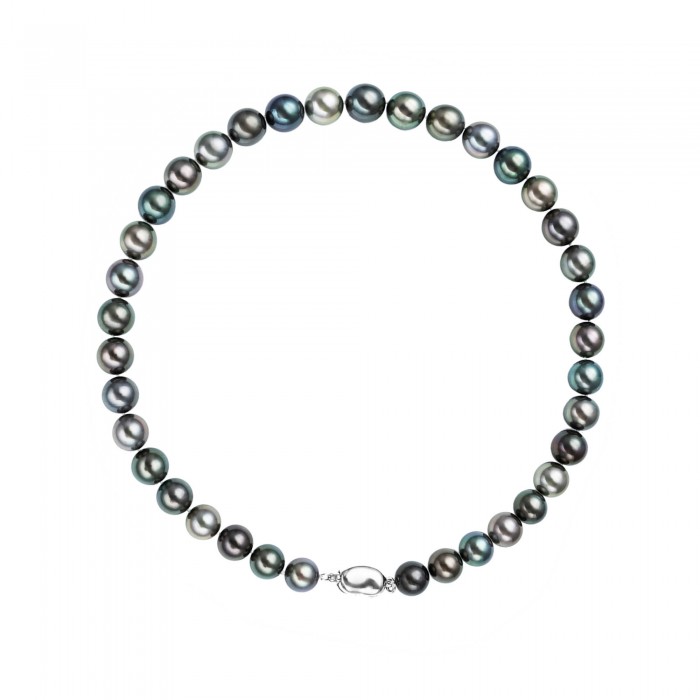
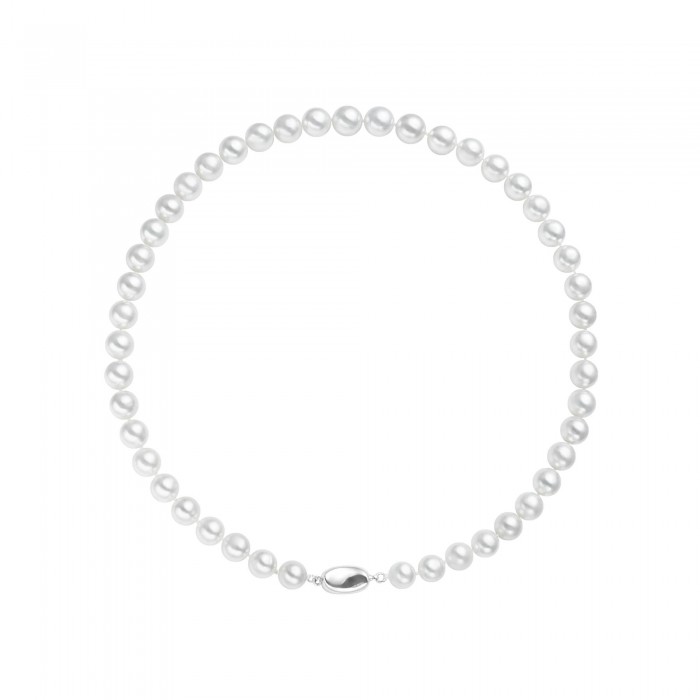
4 Comment(s)
I have the extremely rare pink from Texas USA collected 40 years ago. You should talk about them too.
Very useful science article, learnt a lot.
And what is the typical price point of a good quality pearl, please?
Don't forget about the purple freshwater pearls from the Concho river.
Leave a Comment